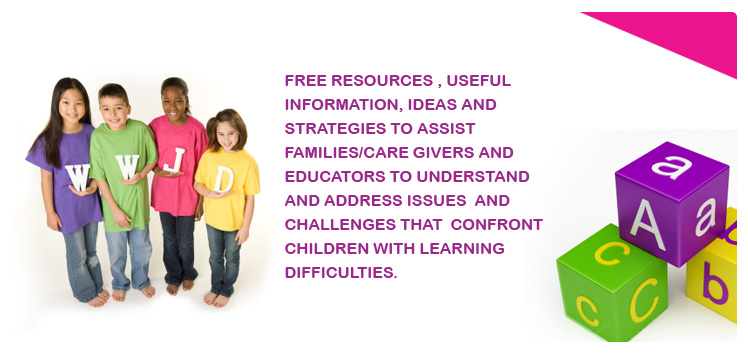

Fluency When Reading
Fluency does not mean being a fast reader – it is when reading is flowing and effortless.
The ability to read fluently, with expression, is something children should practice right from the moment they have a good knowledge of everyday commonly used words (such as “the, and, come, some” etc) and awareness of punctuation.
So often young readers “say……each….word…on…..its…..own…. in….. a monotonous………. voice!!

How can they become more fluent?
* join small words together. For example :
He said ….. and she….. it is the……. in the
and I have….. go to the….. he will be……
* Explain that reading is like talking. We use expression when we talk and likewise, we should use expression when we read. Re-read a sentence with a lot of expression to model this concept to the child.
* Discuss the punctuation. That it is there to show us when to pause and take a breath or perhaps change our voice for spoken text.
* Some children lose their place on the page and skip lines. Use a bookmarker to enable them to focus on the line being read … (what I call TMT syndrome….too much text!)
* Practice reading fluently by re-reading a page/paragraph that the child has already read and is familiar with the words. Do it in funny voices to make it more fun.
Dr Seuss books are really good for just about any Primary school-age children because they have a lot of high-frequency words and a lot of repetition.
© Playground Sound
This website has been made possible thanks to Layne Beachley’s “Aim for the Stars” Foundation.